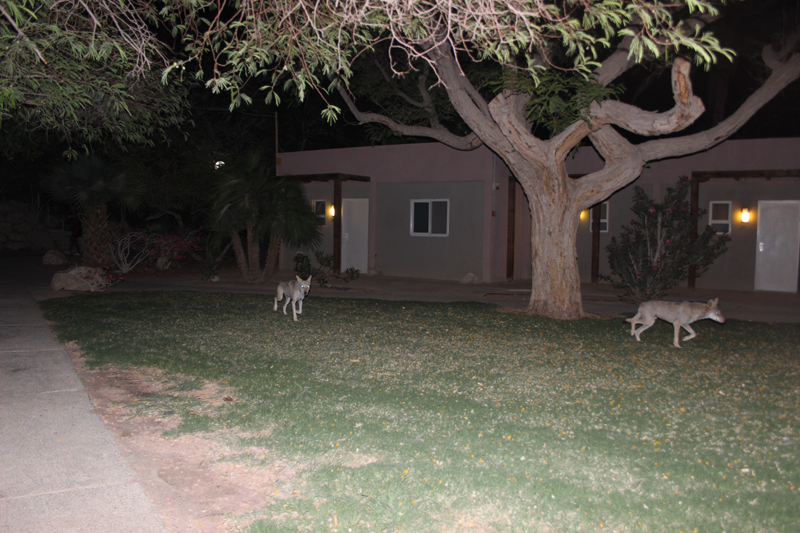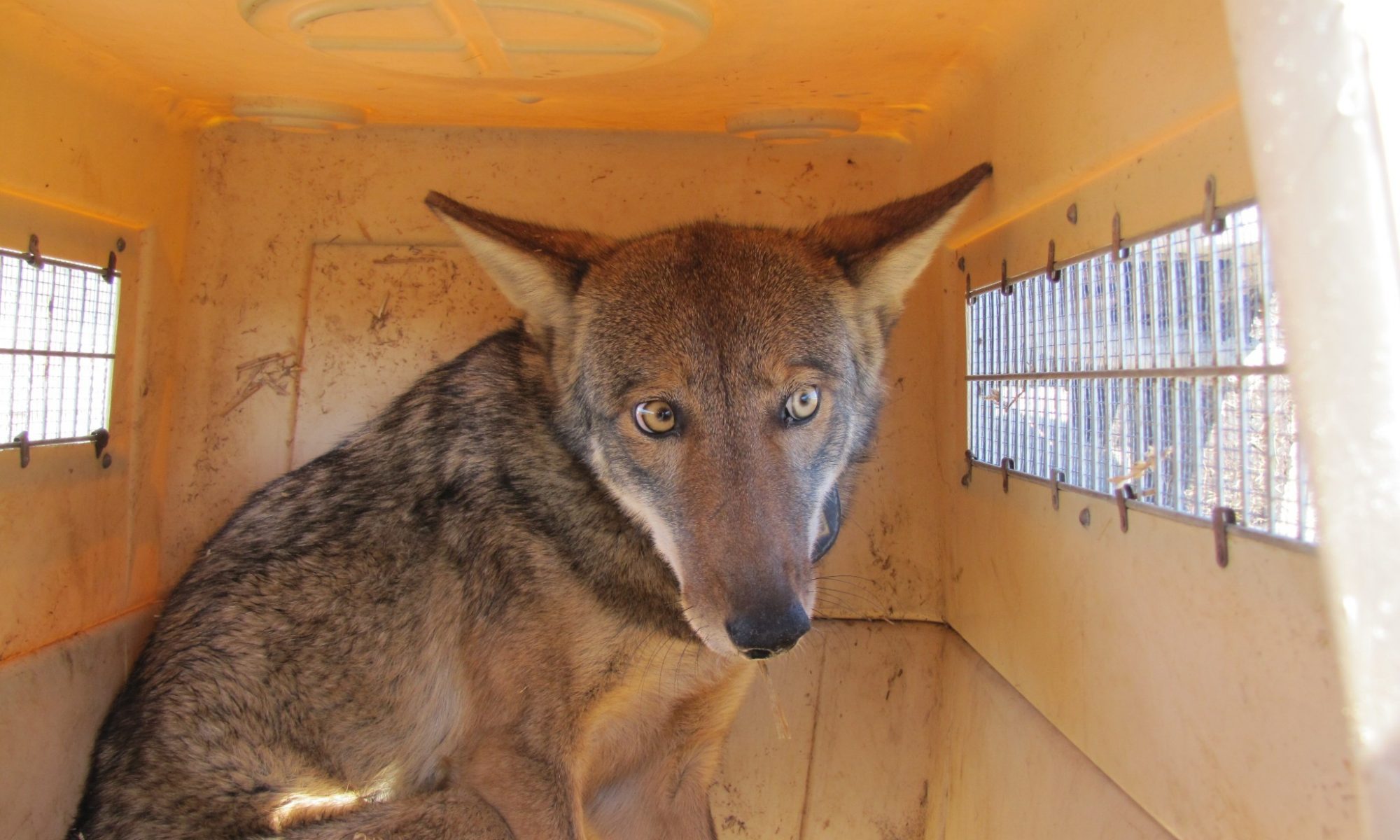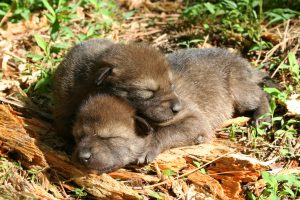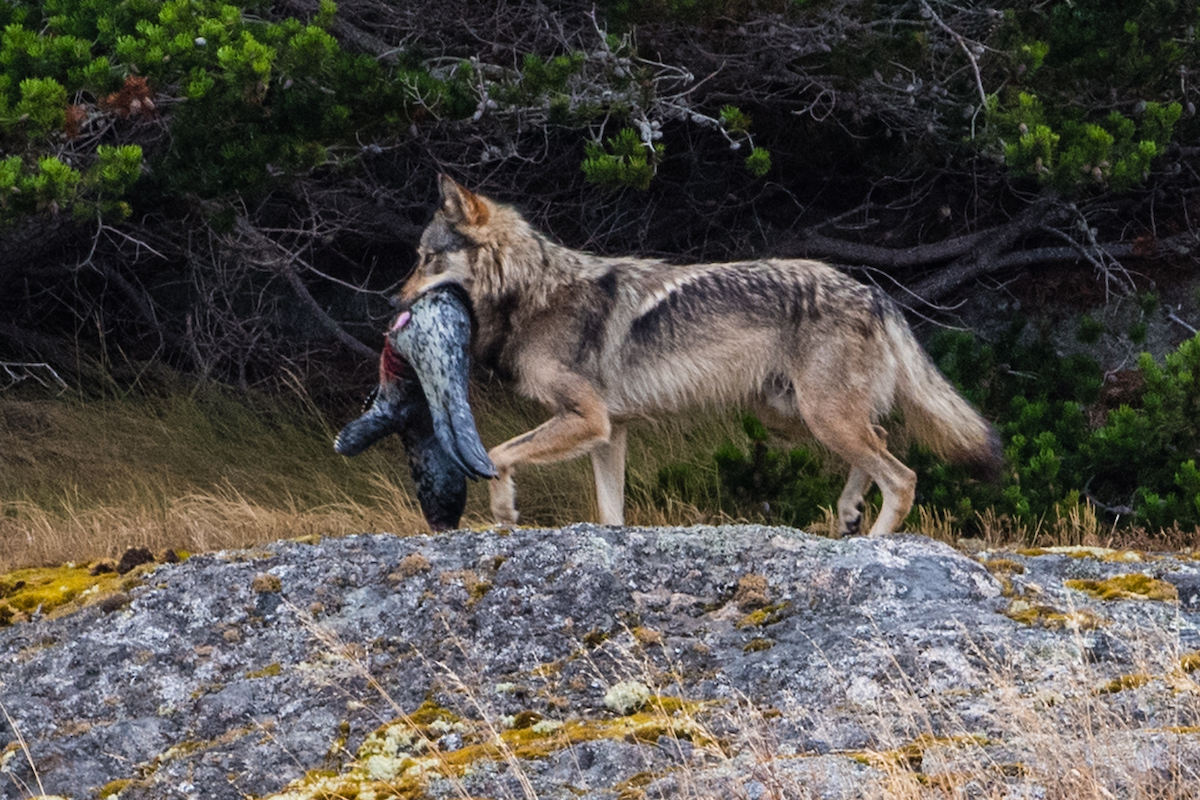It was 11:00 p.m. and Stanley Russ was only a few steps from Grant and Miranda Moore’s house when a wolf bolted out of the bushes and attacked him. Hearing his screams, the Moores raced outside. The ruckous also alerted the couple next door, Russ’ son Frank and his wife, Sylvia, to the emergency.
Frank got between the wolf and his dad, while the others provided first aid. Despite Frank yelling and throwing whatever he could find, the wolf repeatedly attempted to get to Russ. A neighbour set off her car alarm and the wolf disappeared only to reappear an hour later.
The seventy-two year old Port Edward, BC resident suffered severe bites to one arm and both legs. He received emergency surgery at the Prince Rupert Hospital and was later flown to Vancouver General Hospital for further treatment.
Russ survived the attack, the wolf was killed and, after an intensive investigation, Conservation Officer Service (COS) deemed the May 29, 2020 attack predatory.
Attacks by healthy wolves are extremely rare and usually occur when wolves become habituated to humans and are food conditioned. the Port Edward incident was a classic case.
A large population of feral cats in Port Edward and Prince Rupert resulted in wolves frequenting both communities. The investigation into the attack also revealed a network of trails between Port Edward and a nearby landfill where wolves ate garbage on a regular basis.
As well as sources of food, wolves are also attracted to human belongings and have been known to keep and play with items for up to a year. COS observed a well chewed shoe at the dump that was regularly moved from one spot to another.
Most people do not realize how easy it is for wolves to become comfortable around people. If wolves receive rewards such as garbage, food or human belongings, they will begin to seek out places where people are rather than avoid them.
In many areas, wolf populations are increasing and some wolves are moving through or even occupying space close to humans. It’s up to communities and individuals to make sure there are no attractants to arouse their interest.
Photo courtesy Avishag Ayalon





